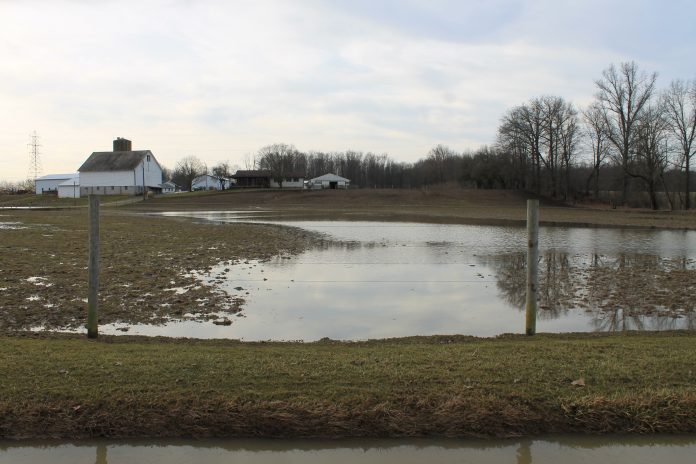INDIANAPOLIS — Many farms have areas where the ground either floods or does not retain enough water or fertilizer for crops to thrive.
Such marginal lands could become useful and potentially profitable if they are planted with perennial bioenergy crops such as shrub willow and switchgrass, according to researchers at Argonne National Laboratory.
In a project that’s been underway since 2011, researchers have been studying how shrub willow and switchgrass in sandier, easily dried-out patches of land not only control erosion, but also suck up excess fertilizer chemicals that could otherwise contaminate surface water and groundwater.
Excess fertilizer nutrients can lead to a host of downstream problems including toxic algal blooms, increased costs for water treatment facilities, and the growth of the hypoxic “dead” zone in the Gulf of Mexico.
“The focus is on improving water quality,” said John Quinn, a researcher at Argonne National Laboratory in Lemont, Illinois.
Additional plus
But along the way they have found that shrub willow and grasses have other potential benefits as well, including being a source of biomass for biofuel, a resource for pollinators and other wildlife, and by providing other ecosystem services.
To conduct their study, the team, led by Cristina Negri, planted shrub willow as a bioenergy crop in marginal areas and then monitored their effects on soil, soil water, groundwater, and vegetation to determine how nutrients applied to the corn and soybean fields were lost to the soil water or taken up by the plants.
They also kept track of changes in greenhouse gases, the diversity of insects, and the total mass of vegetation.
What they found
Their results show that since the willows were planted in 2013, the trees have significantly reduced concentrations of fertilizer nitrate in the soil water compared to the soil water in the adjacent cornfields.
“What’s important about perennial crops is their deep-rooting capability,” said Quinn. “They can intercept excess nitrates from corn crops. The energy grasses in particular have deep and fibrous root systems.”
“What is attractive by implementing this landscape approach is that it has the potential to address multiple societal needs at once, thus beneficially intensifying land use,” said Negri.
If the benefits of nitrate removal and potential bioenergy generation (from harvesting and digesting willows and grasses) are factored in, the cost of implementing the grass and shrub willows could be at least partially offset.
“It’s not competing with corn,” Cacho said. “If there is a local market for biomass, there is economic benefit. You are not displacing any agricultural lands. You are identifying land that is not good for corn and soybeans. You are not wasting fertilizer.”
The team is working with the USDA Natural Resources Conservation Service with the aim of making their integrated land management with willows and grasses an official “best management practice,” which could create additional financial incentives for farmers.










